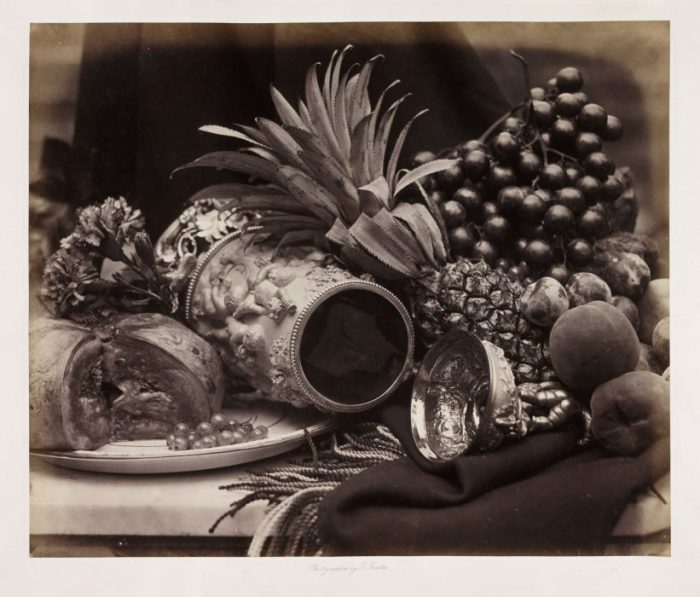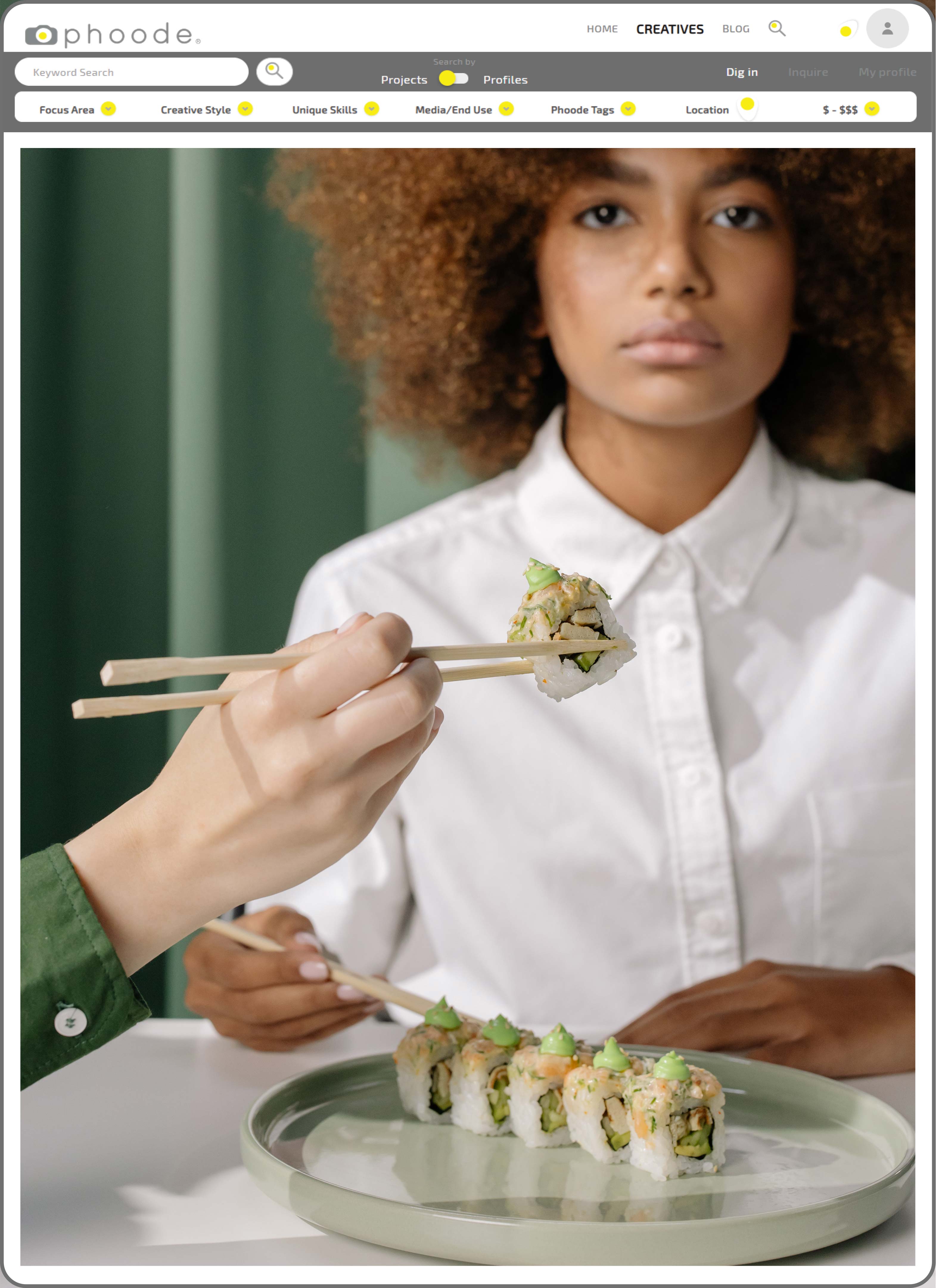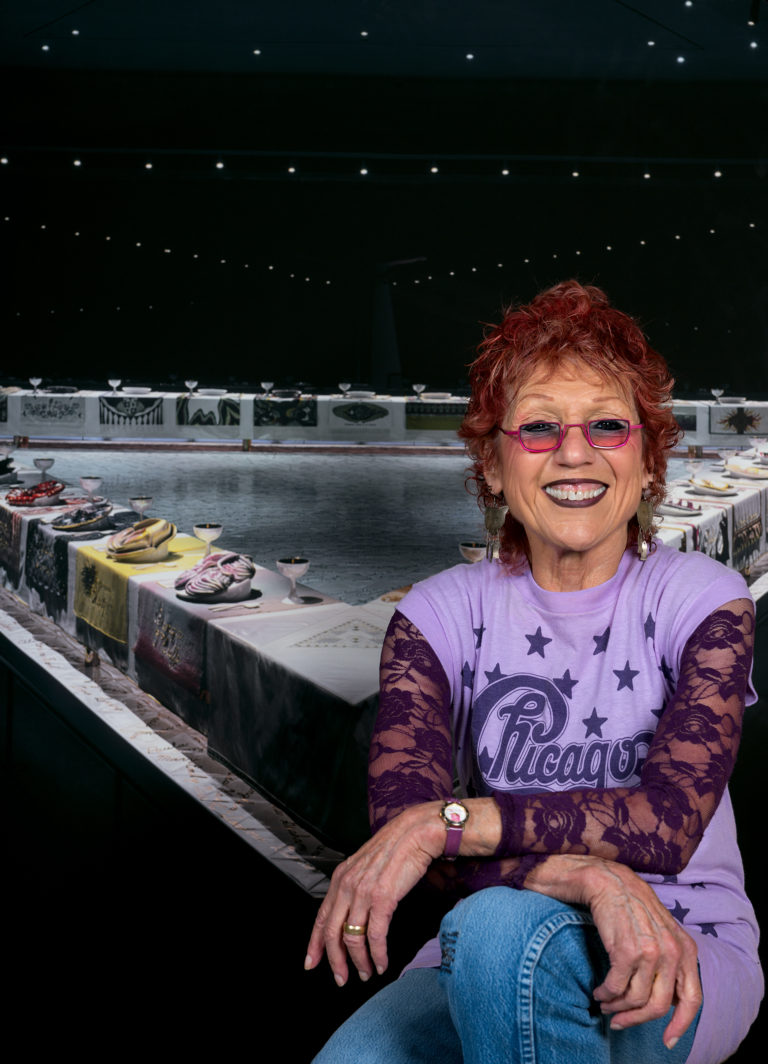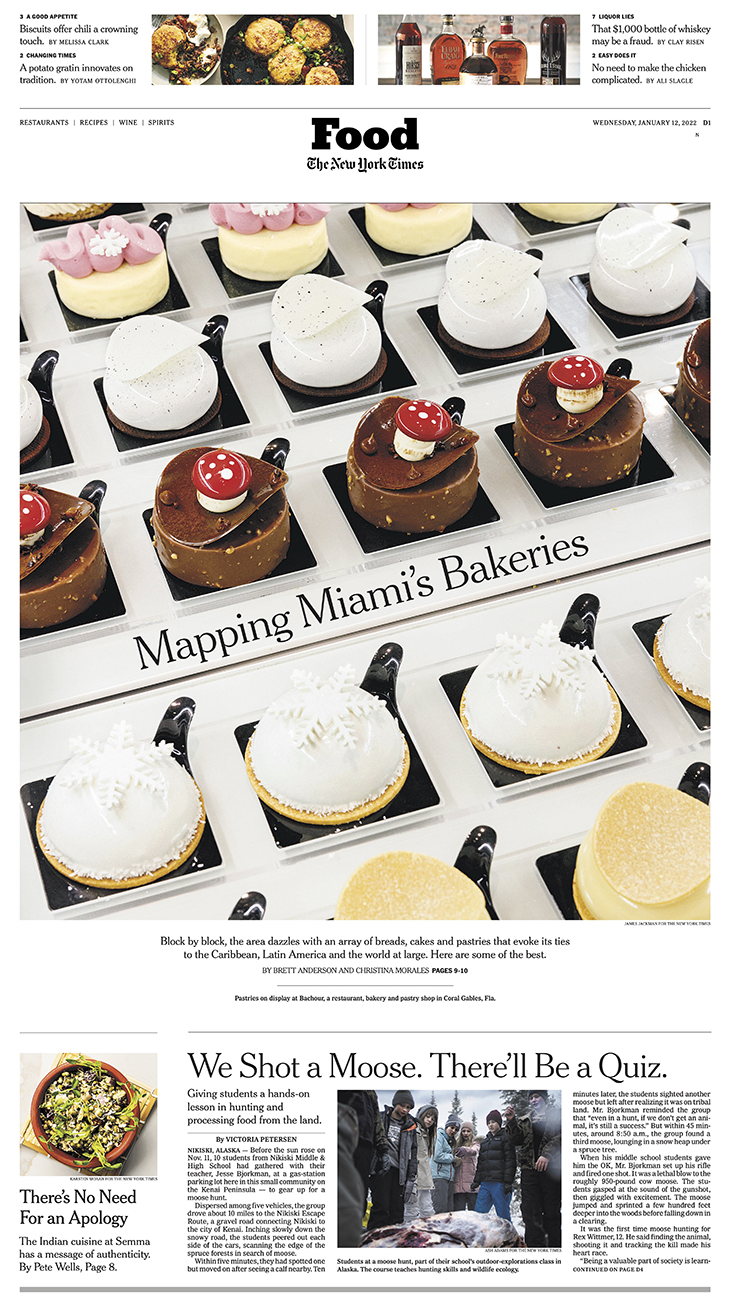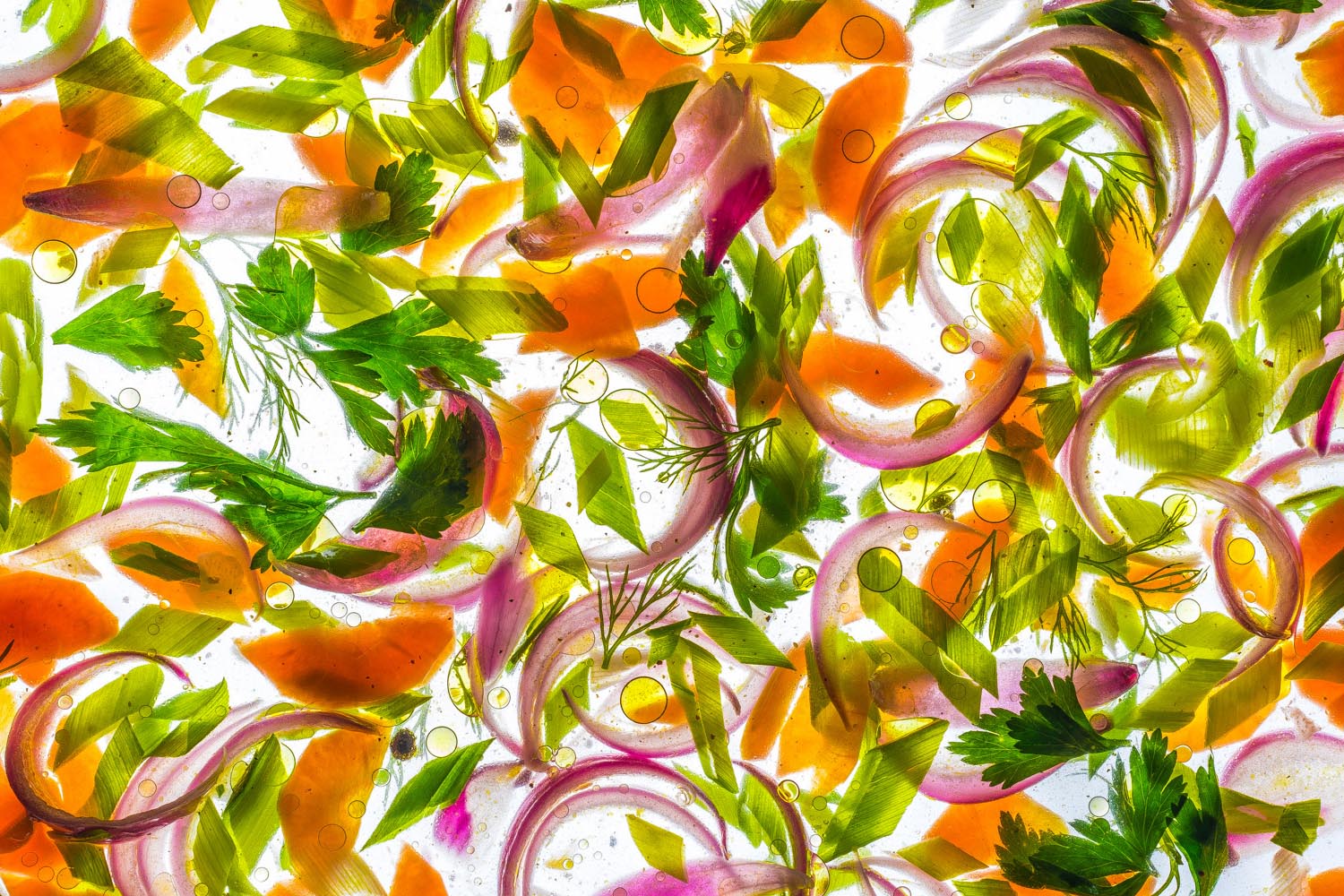Roger Fenton Pioneers Still Lives with Early Food Photographs
Nowadays, hundreds and of thousands of artists boast robust food photo portfolios all across the web. Whether you’re looking for something moody or rustic, playful or colorful, there’s someone out there that can get the job done. But things weren’t always that way. In photography’s infancy, one man singlehandedly managed to lay down the groundwork for future generations of food photographers.
Conceptually, the still lives and early food photographs of Roger Fenton aren’t especially captivating. They utilize traditional subjects like fruits and flowers, pottery and wine carafes, marbles and fabrics. Each composition, to some degree, drew inspiration from the old painting masters that came before him. On paper, they’re the same ordinary still lives that everyone has seen hashed out in a million different ways.
Yet, there’s something about each shot that’s hard to turn away from and perhaps a bit unsettling.
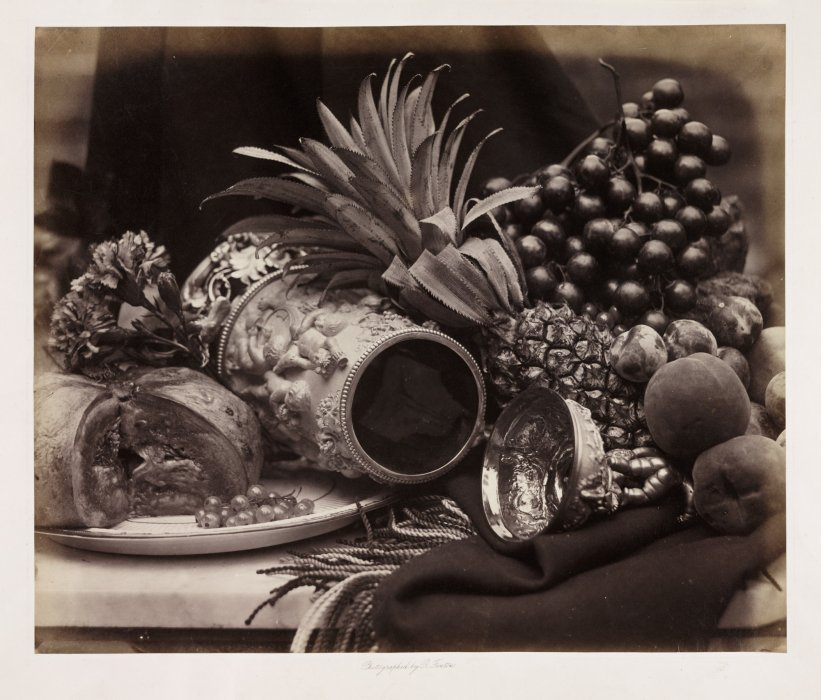
Pushing the Camera’s Limits
Originally, Fenton was a painter. However, as time progressed, he became enamored with the emerging medium of photography. Fenton strongly held the belief that the camera could accomplish the same tasks as a pen or brush. By heading out to cover the Crimean war, he showed the world the power of the photograph as journalistic tool. However, when he returned to Britain after the conflict, he became dead-set on proving that photography could be an artistic medium as well.
And what better means of doing that than by tackling the still life, a genre so seemingly dependent on brightly colored paints?
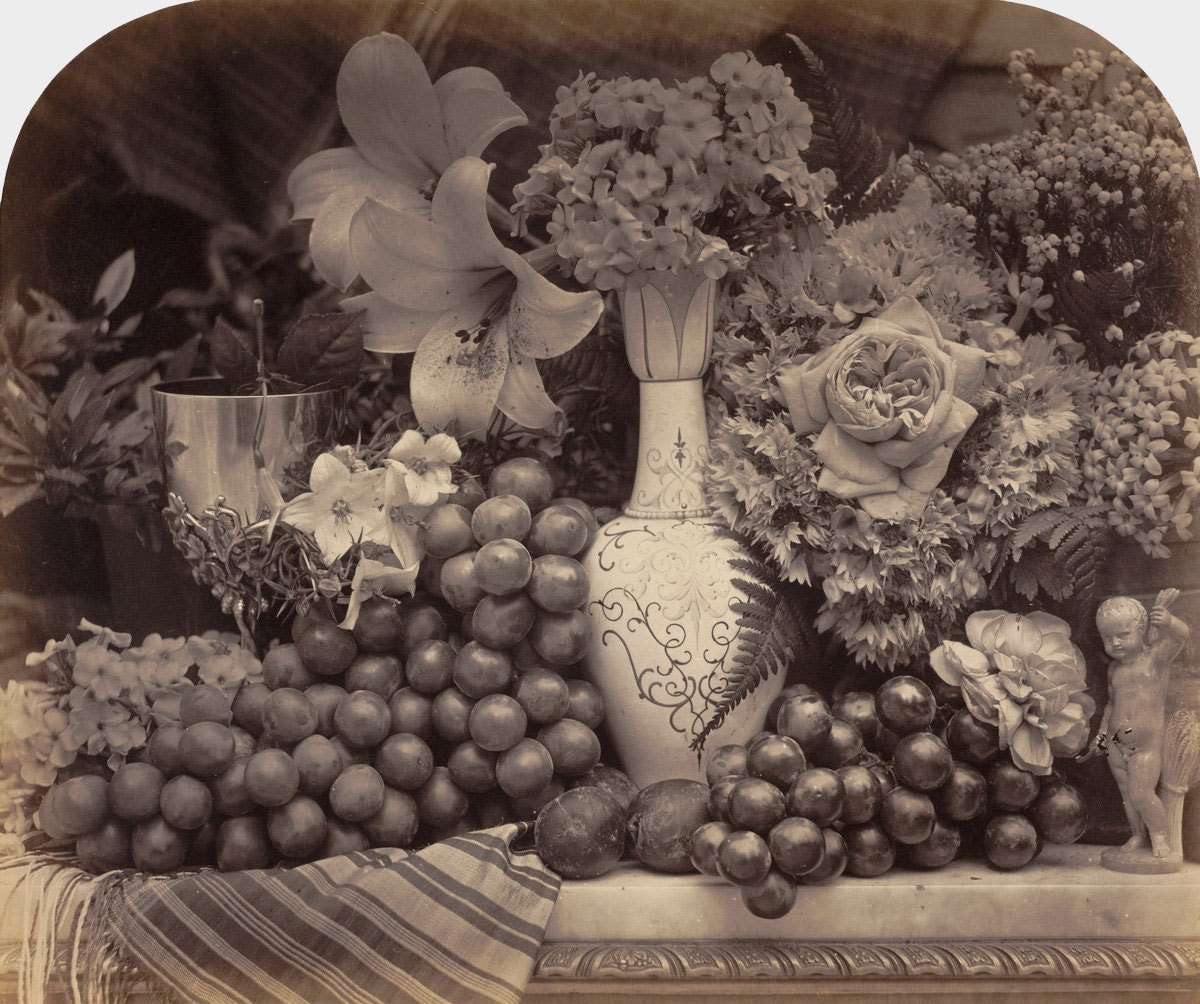
Arranging his objects in tight heaps rather than calculated, weighted arrangements, Fenton aimed to overflow his images with texture and tone. His tight compositions left little room for negative space. ‘Claustrophobic’ is an especially appropriate descriptor, perfectly encapsulating the slight sense of unease that each image evokes. The longer one studies a piece, the stranger it becomes. Dark voids, unusual reflections, and too-perfect miniatures weave their way through traditional still life fare. Even the overripe fruits featured would have been exotic and alien at the time these early food photographs were developed.
Experimenting with Eats and Leaving a Legacy
After the war, Fenton suffered from depression due to the carnage he had witnessed. Perhaps (subconsciously or otherwise) his mindset impacted the way he went about photographing his pineapples, grapes, and ornate goblets. It may have also impacted his decision to ultimately quit the trade entirely by his mid-fourties. Nevertheless, his short lived career and early food photographs opened the creative floodgates for foodies everywhere.
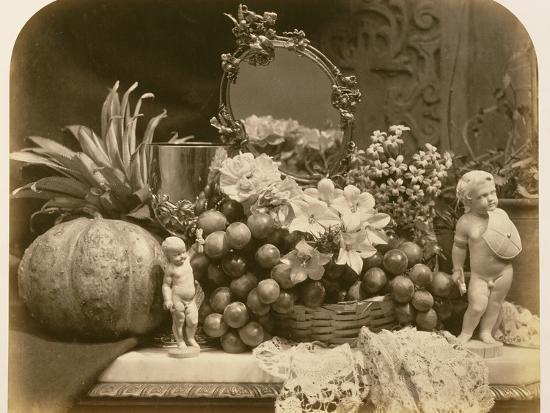
With a flood of Instagrammers garnering hundreds of likes for snapshots ranging from cupcakes and po’ boys, it’s hard to believe that people didn’t always believe that food and photography were a winning pair. But, over one hundred and fifty years ago, Fenton took the first strides toward breaking tradition. He honed in on how light could wrap itself around the seeds of berries or a peach’s fleshy pulp. And, by doing so, he opened up new possibilities, proving exactly what photography could accomplish with the right mind at the helm. The next time you pull out your smartphone to show off your lunch, take a minute to consider just how much the father of food photography impacted the ways in which we look at what we eat.




